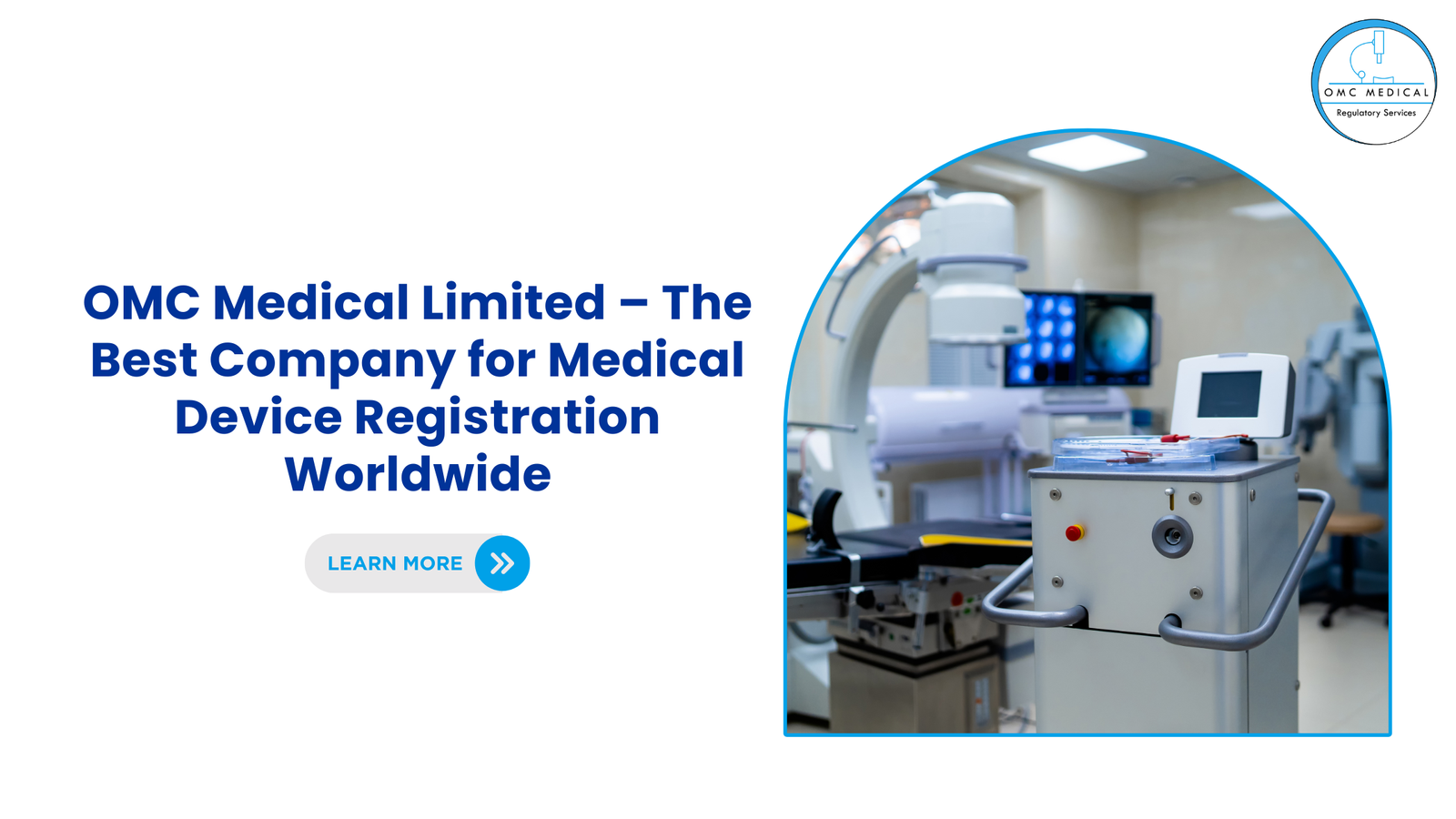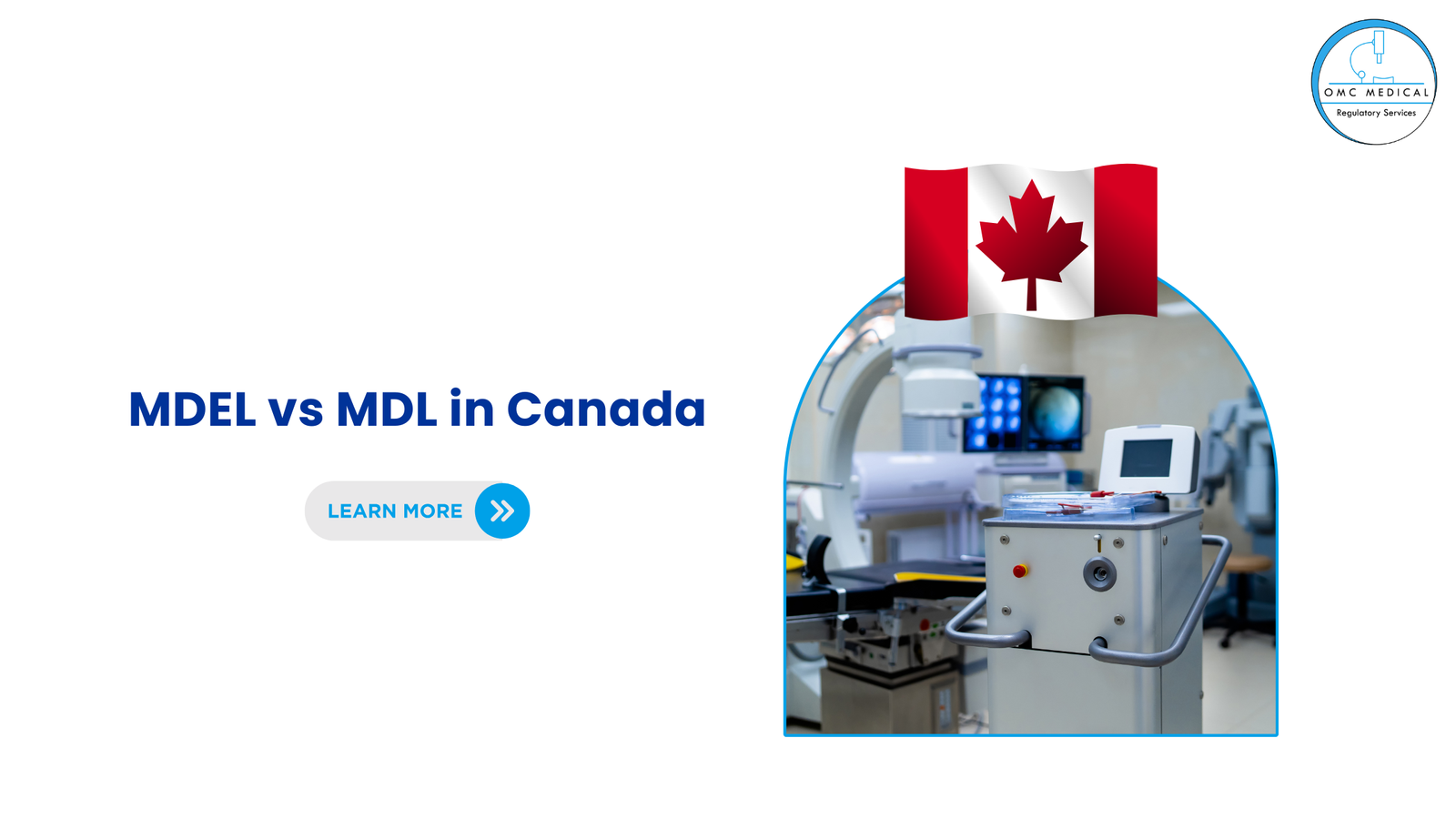Technical documentation should contain details of the medical device in a clear, organized, readily searchable and unambiguous manner.
It should be provided with all medical devices irrespective of the device class and to be kept updated throughout the product life cycle. Technical documentation is to be prepared according to the requirements given in Annex II of EU MDR 2017/745.
Requirements of Technical Documentation as per Annex II
1. Device description and specification, including variants and accessories
2. Information to be supplied by the manufacturer
3. Design and Manufacturing information
4. General safety and performance requirements
5. Benefit-risk analysis and risk management
6. Product verification and validation
Device Description and Specification, including Variants and Accessories
This section mentions that technical documentation must include all basic device details such as trade name, general description, basic UDI-DI, principles of operations, classification details, accessories description, key functional elements, technical specification etc. There must also be a proper reference to previous or similar medical devices.
Information to be supplied by the Manufacturer
This section mentions that manufacturer must include a complete set of labelling for the device and its packaging. The manufacturer must also ensure the language requirements of the same according to the each member states’ language requirements.
Design and Manufacturing Information
This section mentions that the technical documentation shall include complete information on processes carried out by the manufacturer during the design stage, manufacturing, validation, monitoring and final product testing of the device.
Identification details of all sites and people involved in the manufacturing process must also be made available.
General Safety and Performance Requirements
This section mentions that the technical documentation must demonstrate conformity to general safety and performance requirements set out in Annex I of the MDR.
This shall include details such as an explanation for safety and performance requirements that the device satisfies and an explanation for requirements that it does not meet, methods used to demonstrate conformity, harmonized standards, Common specifications, and the identity information of the control documents.
Benefit-Risk Analysis and Risk Management
This section mentions that the technical documentation shall include the benefit-risk analysis, solutions adopted, and risk management results as per Annex I of the MDR.
Some significant points from the Risk management section of Annex I are:
1. The risk management plan must be available for each device
2. Should be able to identify foreseeable hazards associated with each device
3. Should be able to estimate and evaluate the risks
4. Should have plans to eliminate/control the risks
5. Should be able to assess the impact of risk at various stages of the device’s lifecycle and thereby estimating overall risk, benefit-risk ratio, and risk acceptability
Section 1 to 8 of Annex I gives detailed information on general safety measures and other risk management requirements.
Product Verification and Validation
This section mentions that the technical documentation shall contain results and critical analyses of all verification and validation tests/studies.
Some significant Tests/studies discussed in the section are:
1. Biocompatibility
2. Electrical Safety
3. Electromagnetic compatibility
4. Software verification and validation
5. Stability
6. Performance and Safety
7. Physical, chemical, and microbiological characteristics
8. Sterility
A clinical evaluation report and a PMCF (Post-market clinical follow-up) plan and evaluation report must be available. Else, a justification for why PMCF is not applicable must be made available.
Additional information required in specific cases is given in detail in Section 6.2 of Annex II of the EU MDR.
Post-Market Surveillance
Annex III of the MDR majorly mentions that the post-market surveillance plan must address the method of collection and utilization of available data (Such as information on serious incidents and their corrective actions, data on any undesirable side- effects and so on) and includes a list of details a post-market surveillance plan must include in the plan.
There is also a reference to PSUR (Periodic safety update report) and post-market surveillance report mentioned in articles 86 & 85, respectively.
Significant Changes to be noted during the transition from MDD to MDR
Device description to include UDI, UDI-DI or any such number for traceability reasons:
1. Reference requirements to previous or similar medical devices
2. Under labelling requirements in the MDR, it is explicitly talks about the labelling of devices and their packaging
3. Language requirements for labelling
4. As per the MDD, only Class III devices required an explanation for design stages and procedures. The same is now updated to all classes of medical devices in MDR
5. Identification requirements of all manufacturing sites, design including suppliers and contractors are required now
6. General safety and performance requirements are updated versions of Essential requirements from the MDD
7. The benefit-risk analysis is explicitly mentioned as part of risk management requirements in the MDR
8. Product verification and validation requirements
9. A detailed explanation of pre-clinical and evaluation and Clinical Evaluation requirements are provided in the MDR
10. The requirements of the Clinical Evaluation plan and report, Post-market clinical follow-up plan and report are specially mentioned in the MDR
Additional information for special case devices (e.g., combination device, sterile device, device with measuring function etc.) is mentioned in detail in the MDR
FAQs
What are Common specifications?
Common Specifications are a set of technical and/or clinical requirements, other than a standard, that provides a means of complying with the legal obligations applicable to a device, process or system.
What is the UDI?
The UDI is a series of numeric or alphanumeric characters that is created through a globally accepted device identification and coding standard. It allows the unambiguous identification of a specific medical device on the market. The UDI is comprised of the UDI-DI and UDI-PI. The unique identifier may include information on the lot or serial number and be able to be applied anywhere in the world.
What is the Basic UDI-DI?
Basic UDI-DI is intended to identify and connect devices with the same intended purpose, risk class and essential design and manufacturing characteristics. It is independent/separate from the packaging/labelling of the device and it does not appear on any trade item
Is Post-market surveillance (PMS) applicable for only higher risk classes?
PMS is required for all device classes. A PMS plan and report to be maintained and kept updated by the manufacturer throughout the device life cycle.
Disclaimer: Regulations/legislations are subjected to changes from time to time and the author claims no responsibility for the accuracy of information.







